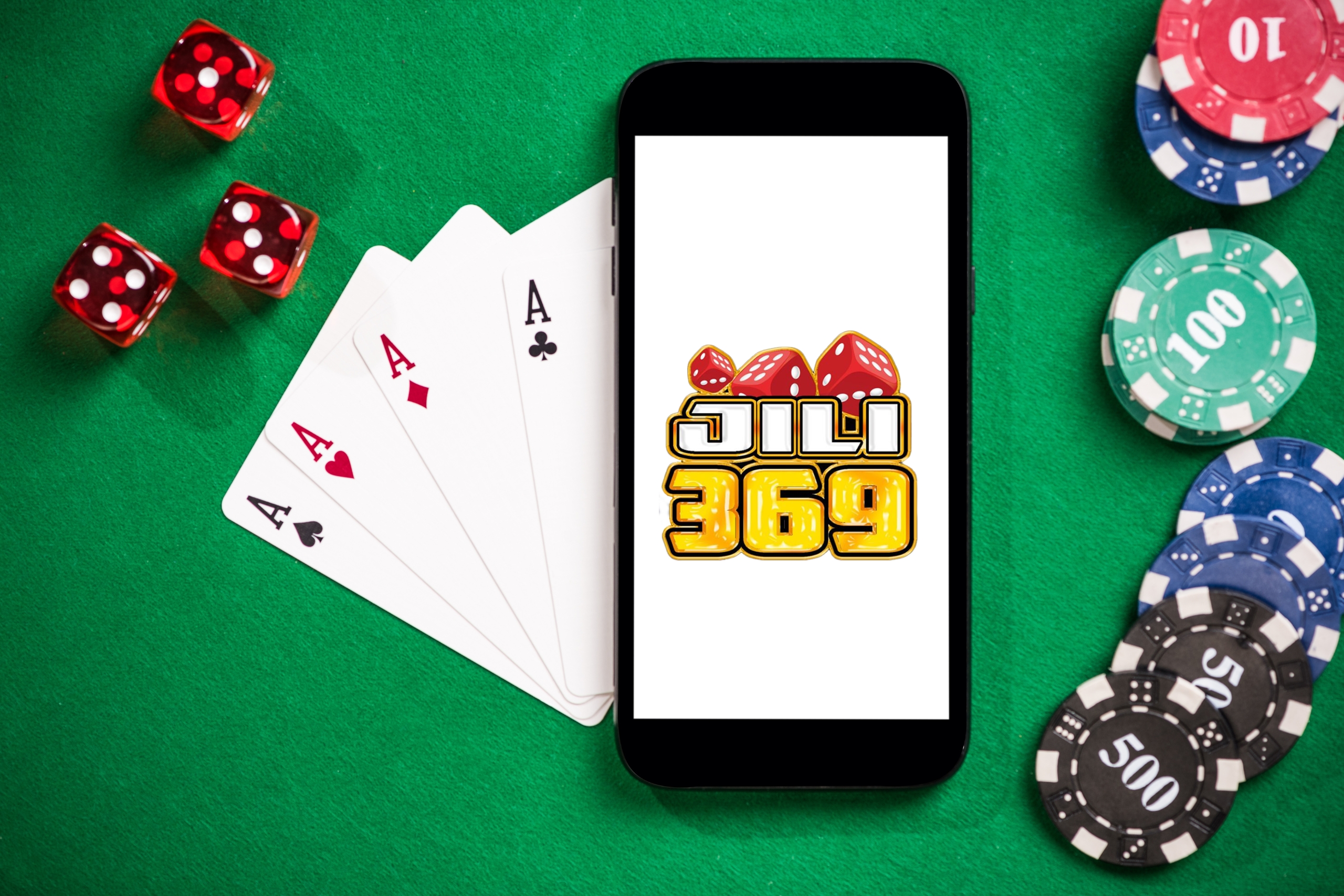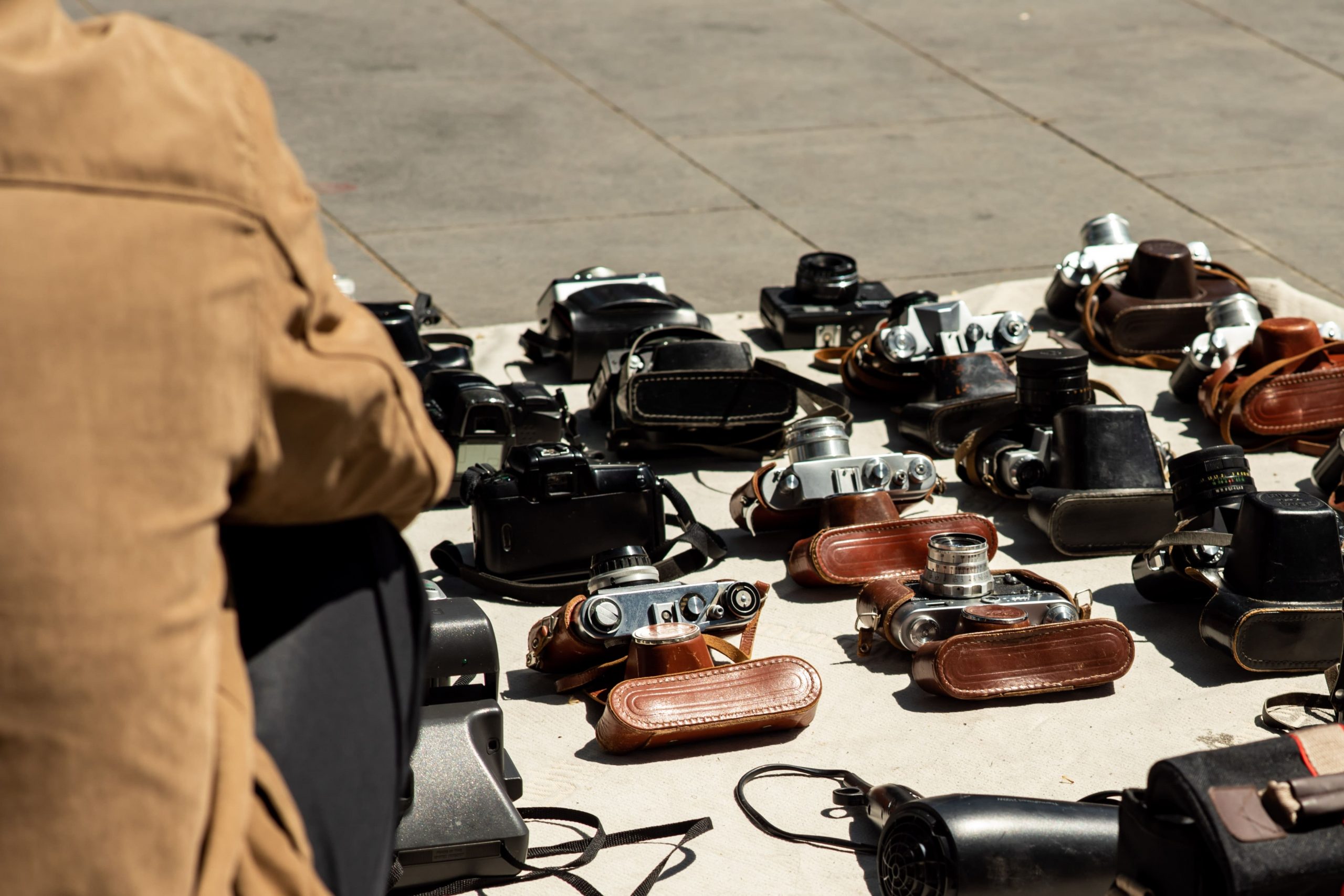Mastering the Art of Jewellery Making
Jewellery making has always captivated me, serving as a beautiful blend of art and craftsmanship. From the moment I first held a piece of raw metal and envisioned it transformed into a stunning accessory, I knew I had found my passion. The allure of creating something unique and personal, something that could be worn and cherished, drew me deeper into this intricate world.
Each piece tells a story, whether it’s a simple pendant or an elaborate necklace, and I find immense joy in the process of bringing those stories to life. As I delved into the craft, I discovered that jewellery making is not just about the final product; it’s also about the journey. The tactile experience of working with various materials, the satisfaction of mastering new techniques, and the thrill of experimenting with designs all contribute to my love for this art form.
It’s a creative outlet that allows me to express my individuality while also connecting with others who share the same passion. In this article, I will share my insights into the essential tools, techniques, and principles that have shaped my journey in jewellery making.
Key Takeaways
- Jewellery making is a creative and rewarding craft that allows for the creation of unique and personalized pieces.
- Essential tools for jewellery making include pliers, wire cutters, and a work surface, while materials can range from beads and gemstones to metal wire and chains.
- Basic techniques for jewellery making include bead stringing, wire wrapping, and basic metalworking, while advanced techniques may involve soldering, stone setting, and intricate metal forming.
- Design principles for creating unique jewellery include considering color, texture, and balance, as well as drawing inspiration from nature, art, and personal experiences.
- Tips for finishing and polishing jewellery include using a tumbler or polishing cloth, as well as experimenting with different finishes such as matte, shiny, or oxidized.
Essential Tools and Materials for Jewellery Making
Essential Tools
At the core of my toolkit are pliers—round-nose, flat-nose, and chain-nose pliers are indispensable for bending wire, opening jump rings, and manipulating various components. A good pair of wire cutters is equally important; they allow me to snip through metal with precision, ensuring clean edges for my creations.
A World of Materials
In addition to pliers, I have invested in a variety of materials that inspire my creativity. From precious metals like silver and gold to more affordable options like copper and brass, each material offers its own unique characteristics.
Adding the Finishing Touches
I also love incorporating gemstones and beads into my designs, as they add color and texture. The thrill of selecting the perfect combination of materials is one of the most enjoyable aspects of jewellery making. It’s like piecing together a puzzle where each element must harmonize with the others to create a cohesive whole.
Basic Techniques for Jewellery Making
As I began to explore jewellery making more deeply, I found that mastering basic techniques was essential for building a solid foundation. One of the first skills I learned was wire wrapping. This technique involves using wire to create loops and spirals that can hold beads or connect different components.
I remember the first time I successfully wrapped a bead; it felt like a small victory that fueled my desire to learn more. Another fundamental technique is soldering, which allows me to join metal pieces together permanently. While it can be intimidating at first, I found that with practice, I became more comfortable with the process.
Soldering requires patience and precision, but the satisfaction of seeing two pieces meld into one is incredibly rewarding. Additionally, I learned about stringing beads on wire or thread, which opened up a world of possibilities for creating necklaces and bracelets. These basic techniques laid the groundwork for my future explorations in jewellery making.
Advanced Techniques for Jewellery Making
| Technique | Description | Benefits |
|---|---|---|
| Granulation | Decorative technique involving the use of small metal beads fused onto a metal surface | Creates intricate and delicate designs |
| Repoussé | Forming metal by creating a design in low relief from the reverse side | Allows for the creation of 3D designs and textures |
| Mokume-gane | Japanese metalworking technique that creates a mixed-metal laminate with distinctive layered patterns | Produces unique and beautiful patterns in metal |
| Enameling | Decorative technique of fusing powdered glass to a substrate by firing, resulting in a glossy finish | Introduces vibrant colors and designs to jewelry pieces |
Once I had a firm grasp on the basics, I felt ready to tackle more advanced techniques that would elevate my jewellery-making skills. One such technique is metal stamping, which allows me to personalize pieces by adding names or meaningful phrases. The first time I stamped a pendant with a special date, I felt an overwhelming sense of accomplishment.
It was thrilling to see how a simple piece of metal could be transformed into something so personal and significant. Another advanced technique that has fascinated me is enameling. This process involves fusing powdered glass onto metal to create vibrant colors and intricate designs.
The first time I experimented with enameling, I was mesmerized by the transformation that occurred in the kiln. Watching the glass melt and adhere to the metal was like witnessing magic unfold before my eyes. These advanced techniques not only challenge my skills but also allow me to push the boundaries of my creativity, resulting in truly unique pieces.
Design Principles for Creating Unique Jewellery
As I honed my technical skills, I began to explore design principles that would help me create truly unique jewellery pieces. One key principle is balance; ensuring that each element in a design complements the others creates harmony and visual appeal. I often find myself sketching out designs before diving into the actual making process, allowing me to visualize how different components will interact.
Another important aspect of design is understanding color theory. The way colors interact can evoke different emotions and responses from those who wear or view my jewellery. By experimenting with contrasting colors or creating monochromatic designs, I’ve learned how to convey different moods through my work.
Additionally, incorporating texture adds depth and interest to my pieces; whether it’s through hammered finishes or intricate beadwork, texture can transform a simple design into something extraordinary.
Tips for Finishing and Polishing Jewellery
Once I’ve completed a piece of jewellery, the finishing touches are what truly bring it to life. Polishing is an essential step in this process; it enhances the shine and luster of the metal, making it more visually appealing. I’ve found that using different grades of polishing compounds can yield varying results, allowing me to achieve the perfect finish for each piece.
In addition to polishing, I pay close attention to details such as cleaning and inspecting my work for any imperfections. A thorough cleaning ensures that any residue from soldering or enameling is removed, leaving behind a pristine surface. I also take the time to check clasps and connections for durability; after all, I want my creations to be not only beautiful but also functional.
These finishing touches are what elevate my jewellery from mere craft to true artistry.
Marketing and Selling Your Handmade Jewellery
As my skills developed and my collection grew, I began to consider how to share my creations with others. Marketing and selling handmade jewellery can be daunting, but it’s also an exciting opportunity to connect with potential customers who appreciate craftsmanship. One effective strategy I’ve employed is establishing an online presence through social media platforms and an e-commerce website.
Sharing behind-the-scenes glimpses of my creative process has helped me build a community around my work. Participating in local craft fairs and markets has also been instrumental in reaching new audiences. Engaging directly with customers allows me to share the stories behind each piece while receiving valuable feedback.
Additionally, networking with other artisans has opened doors for collaboration and cross-promotion, further expanding my reach. While navigating the business side of jewellery making can be challenging, it’s incredibly rewarding to see others appreciate and wear my creations.
Resources for Further Learning and Inspiration in Jewellery Making
Throughout my journey in jewellery making, I’ve discovered numerous resources that have enriched my knowledge and sparked inspiration. Online platforms such as YouTube offer countless tutorials on various techniques, allowing me to learn at my own pace. Additionally, joining online forums and communities has connected me with fellow jewellery makers who share tips, advice, and encouragement.
Books on jewellery design and techniques have also been invaluable resources for deepening my understanding of the craft. They provide insights into historical styles as well as contemporary trends that can inform my own designs. Attending workshops or classes led by experienced artisans has further enhanced my skills while fostering connections within the jewellery-making community.
With so many resources available, I feel empowered to continue learning and evolving as a jewellery maker. In conclusion, jewellery making is a multifaceted art form that combines creativity with technical skill. From mastering essential tools and techniques to exploring advanced methods and design principles, each step in this journey has been fulfilling.
As I continue to refine my craft and share my creations with others, I am reminded of the beauty that lies in both the process and the final product. Whether you are just starting or looking to enhance your skills, there is always something new to discover in the world of jewellery making.
FAQs
What does a jeweller do?
A jeweller is a skilled craftsman who designs, creates, repairs, and sells jewellery. They work with a variety of materials such as precious metals, gemstones, and other decorative elements to produce unique and high-quality pieces.
What skills are required to become a jeweller?
To become a successful jeweller, one needs to have a strong eye for detail, excellent hand-eye coordination, creativity, and a good understanding of different metals and gemstones. Additionally, knowledge of jewellery design, metalworking techniques, and gemstone setting is essential.
What are the different types of jewellery that a jeweller can create?
Jewellers can create a wide range of jewellery including rings, necklaces, bracelets, earrings, brooches, and more. They may also specialize in specific types of jewellery such as engagement rings, custom pieces, or fine jewellery.
How does a jeweller source materials for their work?
Jewellers typically source their materials from reputable suppliers and dealers who specialize in providing high-quality metals, gemstones, and other components. They may also work with clients who provide their own materials for custom pieces.
What is the process of creating a piece of jewellery as a jeweller?
The process of creating a piece of jewellery involves several steps including designing, sourcing materials, metalworking, stone setting, polishing, and finishing. Each step requires precision and attention to detail to produce a beautiful and durable piece of jewellery.







